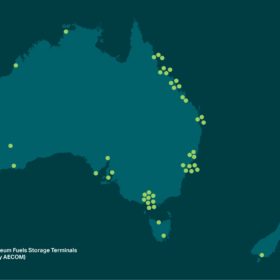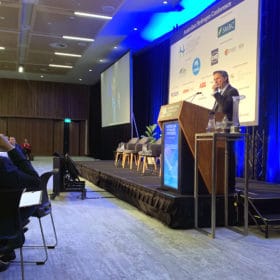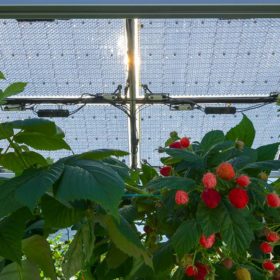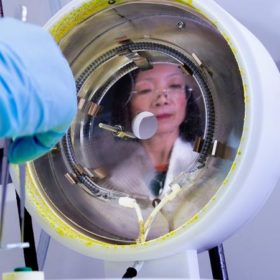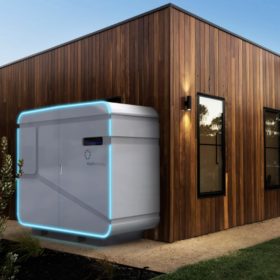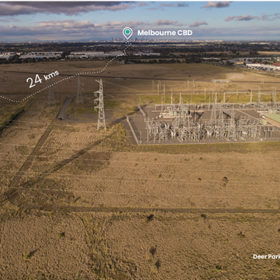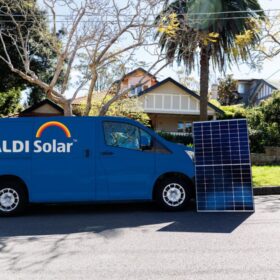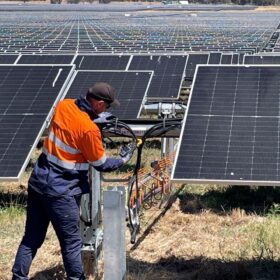Overlooked sites ideal for burgeoning renewable industries identified by AECOM
Global infrastructure developer AECOM has run analysis on every petroleum fuel refinery and storage & import terminal in Australia and New Zealand as a novel means of locating sites well suited to future renewable development and hydrogen industries. “Some sites that were really suited to a wide range of end uses and those were our so-called ‘unicorn sites,’” AECOM’s Craig Bearsley told pv magazine Australia.
CSIRO allocated $5 million for hydrogen research program
The federal government has awarded $5 million to the CSIRO to deliver a hydrogen research, development and demonstration program aimed at strengthening hydrogen knowledge both domestically and in cooperation with our international partners.
Transparent solar panels for agrivoltaics
Romande Energie and Swiss research institute Agroscope are testing startup Insolight’s transparent PV panels in an agrivoltaic project. The modules are replacing the plastic covers used to grow strawberries and raspberries.
Do engineers dream of solar panel efficiency?
A true next generation of solar cell technology is upon us. It is time to contemplate the benefits.
Q Cells, Samsung sign ‘zero energy home’ partnership
Q Cells and Samsung have agreed to combine their hardware and software platforms to develop ‘zero energy homes,’ with on-site energy production and use.
Adding value to Australia’s historically underutilised battery proposition
To truly seize on the opportunity afforded by the imminent battery boom, Australia needs to look beyond its historic role as a supplier of raw materials and broaden the horizons by adding value with downstream products and manufacturing, according to a recent Future Battery Industries report. Pv magazine Australia caught up with Vincent Algar, managing director of Australian Vanadium Limited – a company operating in this promising yet thorny realm.
Australia’s first privately funded big battery to be hosted in Melbourne
Lumea is planning the first big battery to be financed without any government support at Melbourne’s Deer Park Energy Hub.
‘Benchmark’ agrisolar trial in Victoria proves successful with sheep reportedly loving panel shade
Gannawarra Solar Farm, Victoria’s first large-scale solar farm integrated with a big battery, has forayed into the world of agrisolar by integrating sheep grazing on site. The sheep are reportedly loving the shade offered by the panels, which has allowed them to graze even during the hottest parts of the day, with the animals unperturbed by the solar farm’s tracking devices.
Solar beach umbrella cools you… and your gelato
An MIT-spawned company has teamed up with architects and an Italian frozen-desserts brand to design an origami-inspired umbrella to power fridges.
‘Residential batteries are less profitable than selling excess power to the grid’
Although self-consumption of solar power is the optimal economic approach, the expense of household batteries at present outweighs the increased ability they offer to use electricity generated on the roof. Whether aggregated ‘virtual batteries’ offer better returns is an open question, due to lack of electricity company transparency.
